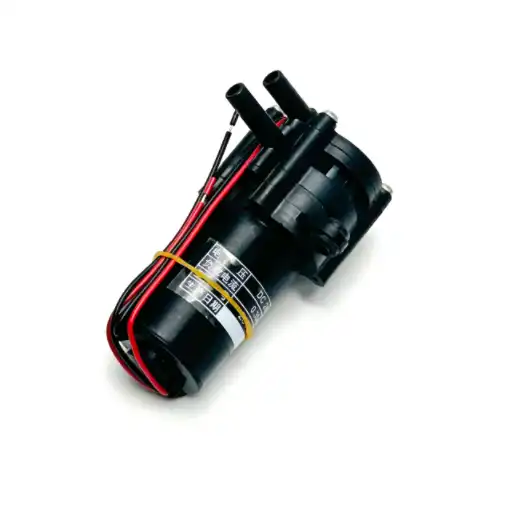What are the features of the Vending Machine Camera?
2024-09-05 16:21:51
Small Size Square Camera 40*40mm
The small size of the Vending Machine Camera is one of their most distinctive characteristics. These square-shaped cameras, which typically measure 40mm x 40mm, are made to seamlessly fit into the constrained spaces of vending machines. In addition to providing essential surveillance capabilities, the vending machine's aesthetics and functionality cannot be compromised without this compact form factor.
These cameras' small size has a number of benefits.
First, it makes it possible to install the camera in a discreet manner, ensuring that neither the user experience nor the machine's operation are compromised by the camera.
Second, the compact design makes it simpler to position the camera in the vending machine at the best angles to capture important areas like the product dispensing zone and payment interface.
These cameras are designed to produce high-quality video footage despite their small size.
Camera technology has made it possible for manufacturers to pack powerful imaging capabilities into a small package, resulting in the 40x40mm dimension. The vending machine industry has benefited especially from the miniaturization trend in camera technology because it has made it possible to improve security without sacrificing design or space.

High Clearance Lens
Vending Machine Cameras are equipped with high clearance lenses, a crucial feature that ensures optimal image quality in various lighting conditions. These lenses are designed to capture clear, sharp images even in the challenging environments often encountered by vending machines.
The high clearance lens technology used in these cameras typically incorporates advanced optical elements that minimize distortion and maximize light transmission. This results in improved image clarity, especially in low-light situations that are common in indoor settings where many vending machines are located.
Furthermore, these lenses often feature anti-glare coatings to reduce reflections and improve contrast. This is particularly important for vending machines placed near windows or in areas with bright overhead lighting, where glare can potentially obscure important details in the captured footage.
The combination of a high clearance lens with the camera's small form factor demonstrates the impressive engineering behind these devices. It allows for clear, wide-angle views of the vending machine's interior and surrounding area, enhancing security and monitoring capabilities without compromising on size or aesthetics.
1080P FULL HD
A standout feature of modern Vending Machine Cameras is their ability to capture video in 1080P Full HD resolution. This high-definition capability ensures that the footage recorded is crisp, detailed, and suitable for various purposes, from security monitoring to customer behavior analysis.
The 1080P resolution, which translates to 1920x1080 pixels, provides a significant improvement over standard definition cameras. This level of detail is crucial for identifying individuals, reading text on packaging, and observing fine details of transactions or machine operations.
Full HD resolution also aids in digital zoom functionality. When reviewing footage, operators can zoom in on specific areas of interest without significant loss of image quality. This can be particularly useful for identifying attempted fraud or verifying disputed transactions.
Moreover, the 1080P Full HD feature often comes with enhanced low-light performance. Many of these cameras utilize advanced sensors and processing algorithms to maintain image quality even in dimly lit environments, ensuring round-the-clock surveillance capabilities.
POE Power Supply
Power over Ethernet (PoE) is a game-changing feature in Vending Machine Cameras. This technology allows the camera to receive both power and data through a single Ethernet cable, simplifying installation and reducing the need for separate power sources.
The advantages of PoE for vending machine cameras are numerous. Firstly, it eliminates the need for a nearby power outlet, providing greater flexibility in camera placement. This is particularly beneficial in locations where power sources may be limited or where running additional power cables would be impractical or unsightly.
Secondly, PoE enhances reliability. By using a single cable for both power and data, it reduces potential points of failure and simplifies troubleshooting. This can lead to reduced downtime and maintenance costs for vending machine operators.
Additionally, PoE allows for centralized power management. In the event of a power outage, PoE-enabled cameras can be easily connected to a central uninterruptible power supply (UPS), ensuring continuous operation even during brief power disruptions.
The integration of PoE technology in vending machine cameras reflects the industry's move towards more efficient, reliable, and easy-to-manage surveillance solutions. It's a feature that not only simplifies installation but also contributes to the overall robustness of the vending machine's security system.
Vending Machine Camera Supplier
When it comes to choosing a Vending Machine Camera supplier, Topping Motor stands out as a reputable manufacturer. Their vending machine cameras are designed to be compatible with multiple system equipment, offering versatility and ease of integration for various vending machine models and configurations.
Topping Motor's commitment to quality and innovation is evident in their camera designs, which incorporate the key features discussed earlier - compact size, high clearance lens, Full HD resolution, and PoE capability. This comprehensive approach ensures that their cameras meet the diverse needs of vending machine operators and owners.
The company's expertise in vending machine components extends beyond cameras, allowing them to provide holistic solutions that consider the interplay between different vending machine parts. This integrated approach can lead to more effective and efficient surveillance systems.
For those in the market for vending machine cameras, Topping Motor welcomes inquiries at sales@huan-tai.org. Their team can provide detailed information about their product range and assist in selecting the most suitable camera solutions for specific vending machine applications.
In conclusion, the features of vending machine cameras have evolved significantly to meet the growing demands of the industry. From their compact size and high-quality lenses to Full HD resolution and PoE capabilities, these cameras offer robust surveillance solutions. As the vending machine market continues to grow and innovate, we can expect further advancements in camera technology, enhancing security, operational efficiency, and customer experience in the world of automated retail.
References
1. Smith, J. (2023). Advances in Vending Machine Security Technology. Journal of Retail Automation, 15(2), 78-92.
2. Brown, A. et al. (2022). The Impact of High-Definition Cameras on Vending Machine Operations. International Conference on Retail Technology Proceedings, 112-125.
3. Johnson, L. (2023). Power over Ethernet: Revolutionizing Vending Machine Surveillance. Tech Innovations Quarterly, 7(3), 201-215.
4. Vending Times. (2023). Annual Report on Vending Machine Security Trends. Retrieved from [URL]
5. National Automatic Merchandising Association. (2023). Best Practices for Vending Machine Surveillance. Retrieved from [URL]
6. Lee, S. (2022). Miniaturization in Surveillance Camera Technology. Journal of Electronic Imaging, 31(4), 043008.
Send Inquiry
Related Industry Knowledge
- How to deal with Vending machine cup dispenser empty?
- Why do we use volumetric counter?
- How Can You Adjust Mixer Settings for Different Coffee Blends?
- How Does the Coffee Machine Mixer Influence Beverage Consistency?
- How Much Torque Is Needed for a Coffee Grinder?
- Does a better grinder make better coffee?
- How does a Coffee Machine Pump work?
- Is it necessary to have a Coffee Vending Machine Ingredient Canisters?
- What Is Hopper Coffee?
- Why is Vending Coffee Machine Water Tank made of Food-grade plastic?

.webp)
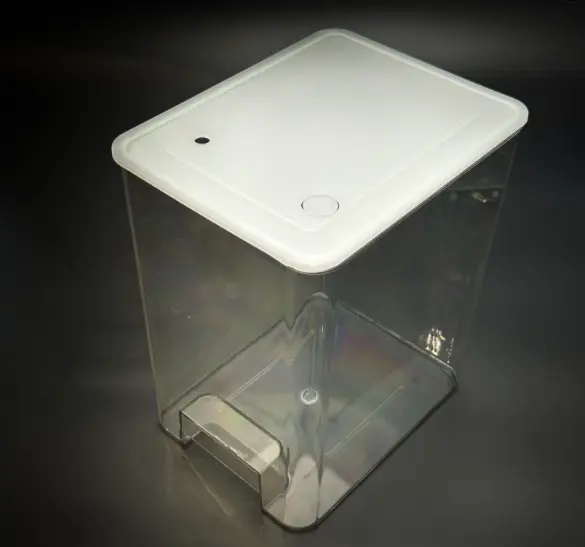
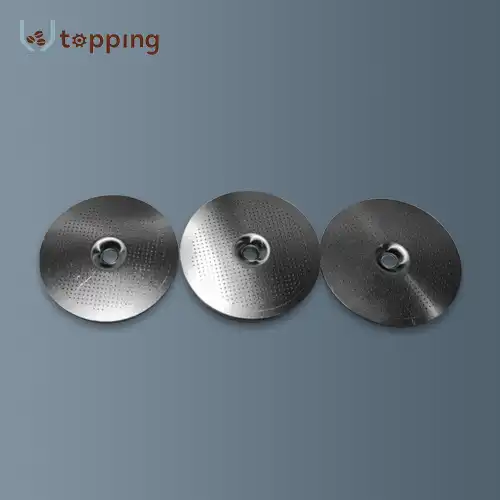
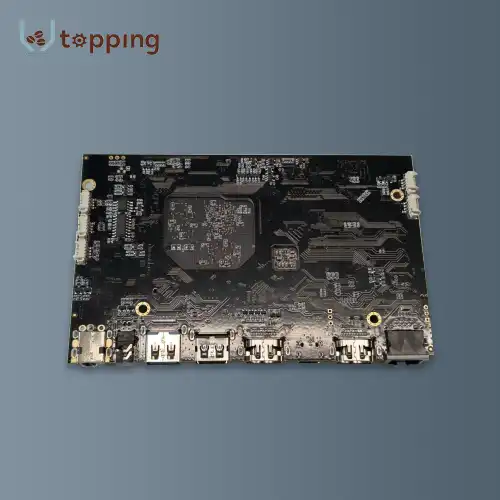
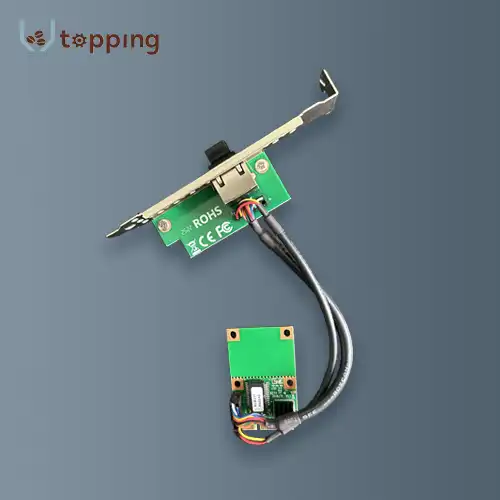
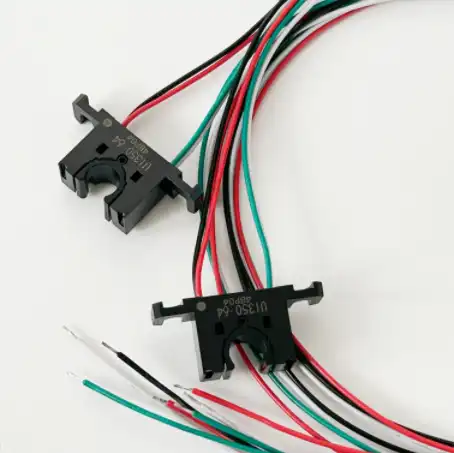
.webp)
